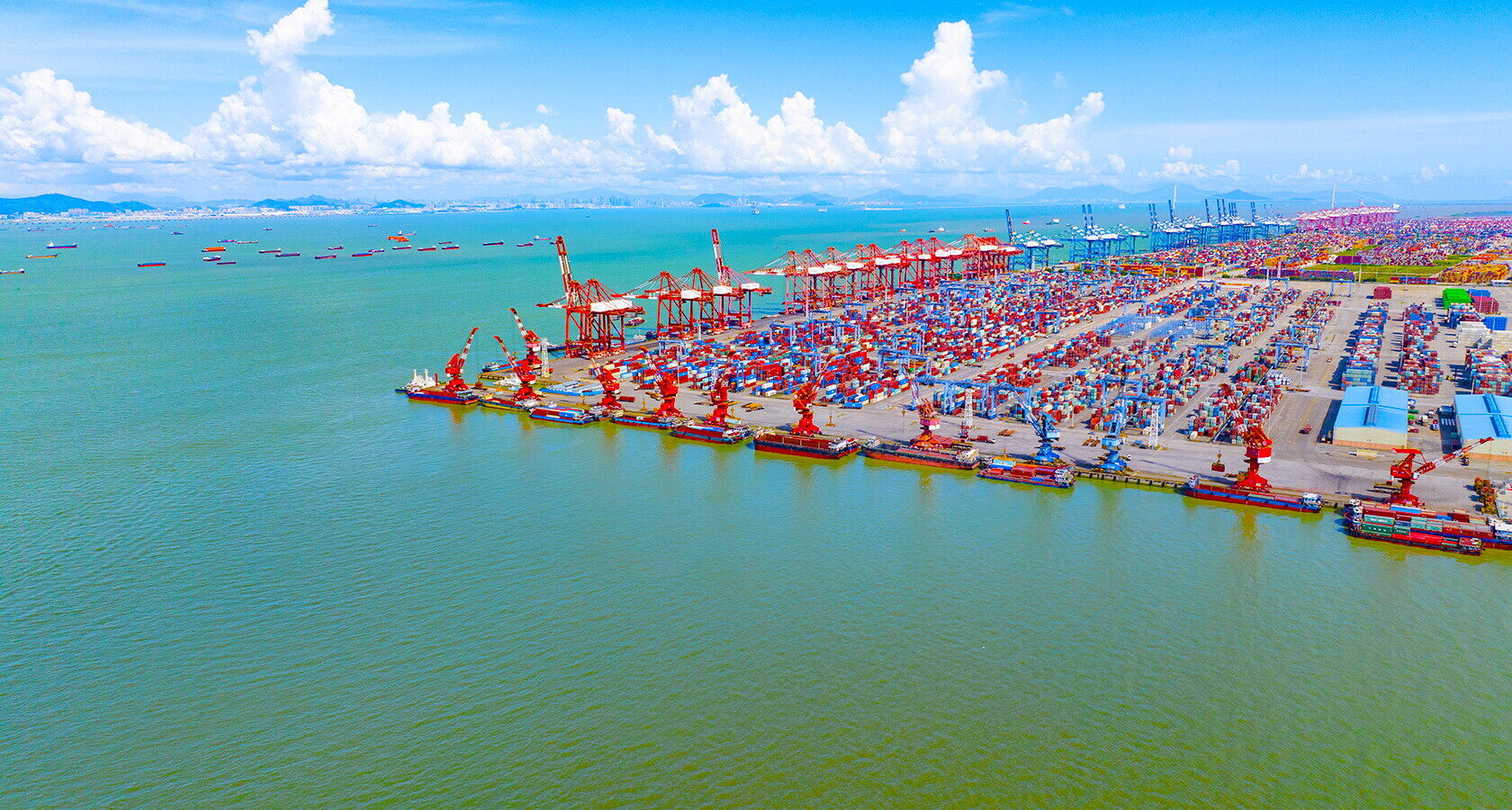
Set the scene

T
oday, energy logistics is more central than ever —shaped by both geopolitical tensions and global energy and climate policies.
Recent conflicts, especially in the Middle East and the war in Ukraine, have had major impacts on energy flows, disrupting both pipeline infrastructure and maritime routes. A volatile geopolitical landscape adds further uncertainty, shifting trade patterns and forcing constant reassessment by logistics and energy operators.
Europe changes direction
In Europe, natural gas imports from Russia —both by pipeline and as LNG— dropped from 45 percent of total imports in 2021 to 19 percent in 2024. With the expected end of Russian gas transit through Ukraine, projections show a further decline to 13 percent by 2025.
EU sanctions have also sharply reduced Russian oil imports, from 27 percent of total supply in early 2022 to just 3 percent today. The European Commission aims to eliminate all Russian hydrocarbon imports by 2027. As of 2025, no new gas contracts with Russia are to be signed, with a phase-out of existing imports to follow.
However, while European measures have clearly reduced dependence on Russian energy, the pipeline export blockade has not achieved its intended strategic effect. Russia has offset the loss of Western customers by deepening energy ties with China, India, and Iran.
In 2024, China became the main buyer of Russian energy exports, including gas and oil. This shift has been enabled by a “shadow fleet” of intermediary traders circumventing Western sanctions, and by new pipeline infrastructure. Since 2019, the Power of Siberia 1 pipeline has supplied gas to China, targeting 38 billion cubic meters per year by 2025 —roughly 9 percent of China’s gas demand. It will be complemented by the planned Power of Siberia 2 pipeline, with a projected capacity of 50 billion cubic meters annually.
In January 2025, news broke of a Russia–Iran alliance to establish a joint energy hub, starting with plans to build a methane pipeline linking the two countries across the Caspian Sea. Under the agreement, Russia would supply approximately 300 million cubic meters of gas per day, with Iran permitted to resell surplus volumes to third countries.
India —already the world’s third-largest oil consumer and importer— has become the second-largest buyer of Russian oil, increasing its share from just 1 percent before the invasion of Ukraine to around 40 percent. In the third year of the conflict, India imported Russian crude worth EUR 49 billion, largely driven by steep discounts relative to international benchmarks.
The war in Ukraine exposed Europe's industrial vulnerabilities
Ports and investments for new logistics
Europe’s gas import scenario has shifted dramatically. LNG, long underutilized —with regasification terminals operating at just 20–25 percent capacity— has become essential. After the war in Ukraine disrupted Russian pipeline supplies, Europe turned to its next largest suppliers, Norway and Algeria. But neither could ramp up deliveries fast enough to fill the gap. In contrast, U.S. shale gas producers were well positioned to respond, seizing the opportunity to sell at high prices. Their ability to deliver, however, depended on the availability or rapid deployment of receiving infrastructure, particularly floating regasification units.
In 2022, the U.S. exported over 70 billion cubic meters (Gm³) of gas to Europe, offsetting more than half of the shortfall from Russian supplies and becoming Europe’s top supplier —well ahead of Qatar and all African countries combined. This trend continued in 2023, both in Europe and Japan. Global LNG supply is projected to grow by 30 percent by 2030, with 74 percent of that increase coming from projects currently under construction following recent Final Investment Decisions (FIDs). Of this new capacity, 70 percent will come from the U.S. and Qatar. The U.S. response to the energy crisis was not coincidental. For years, it had been positioning itself to shift from energy importer to net exporter, driven by the shale gas boom and sustained investment in liquefaction facilities, port infrastructure, and maritime logistics.
The war in Ukraine exposed Europe's industrial vulnerabilities, highlighting its failure to make strategic investments in global energy logistics. The lack of diversified infrastructure left Europe in a weaker position than the U.S. and China.
Today, energy logistics relies increasingly on ports, now functioning as key energy hubs for storing and producing LNG, biofuels, and hydrogen. This creates an urgent need —for both Europe as a whole and individual national economies— for coordinated governance. Strategic planning and investment must align around gradually upgrading these hubs, fostering regional synergies and cross-border cooperation between states and industries.
A strategic vision
Wars and the pandemic have disrupted and shortened supply chains, shifting globalization toward regionalization. A forward-looking industrial strategy now calls for developing existing infrastructure with the aim of ensuring preparedness across a diversified energy landscape. Europe must take a leadership role, using all available financial and regulatory tools to promote multi-intermodality —particularly in and through ports— as a lever to shape the future of European energy logistics.
The winning strategy is not reactive adaptation to geopolitical shifts, but the proactive development of an independent infrastructure network —ports, terminals, pipelines, and transport routes— underpinned by strategic investment and long-term partnerships.